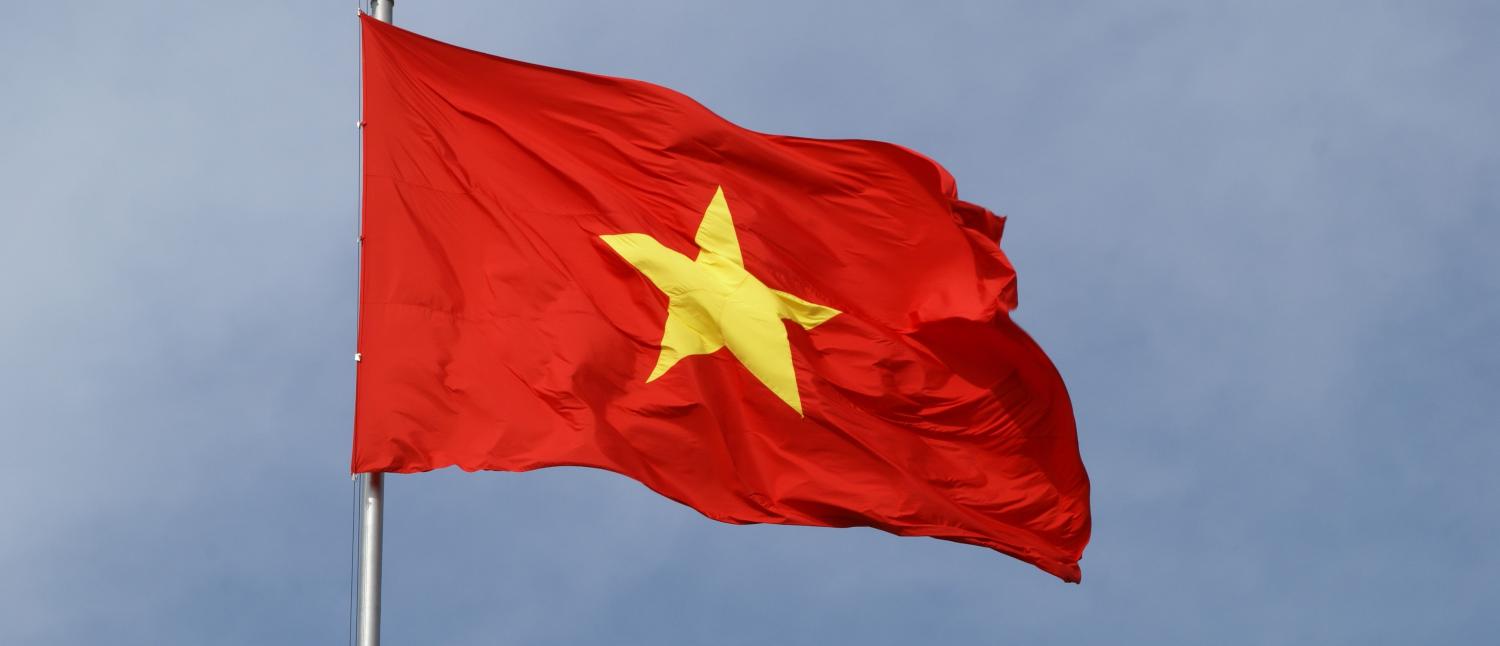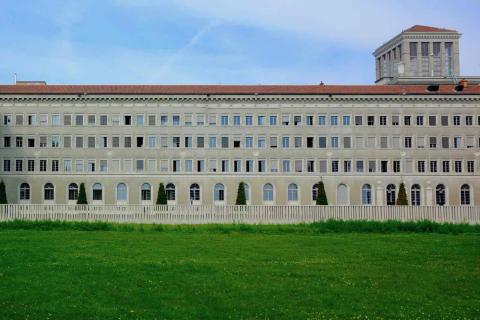It is early days, granted, but the Philippines' crude and crass new president Rodrigo Duterte appears increasingly intent on reversing his predecessor's plucky South China Sea policy and pro-Alliance leanings, opting instead for a tilt towards China.
The Philippines' proclivity to flip-flop in its great power relations reflects various factors. One is the absence of a strategic tradition. This is evident in the priority accorded by Duterte to domestic challenges over external security, even when the latter extends to China's strategic encroachment within the Philippines' exclusive economic zone, a legal violation explicitly flagged by The Hague arbitral ruling. Another is the disproportionate attention occupied by the US, Manila's treaty ally. This has a distorting quality, be it along 'pro' or 'anti' alliance lines.
At a conference I attended recently, a Filipino participant argued that geographical 'proximity' compels Manila to be more accommodating towards China following five years of tensions with Beijing over the South China Sea. Vietnam offers an instructive contrast on this point, and not only for the Philippines.
Vietnam shares a 1200-kilometre land border with China, demarcated by mutual agreement. Even a negotiated land border puts a very different complexion on the bilateral relationship. Although Vietnam came off better from the 1979 border war with China, Hanoi must live, uniquely among Southeast Asia's South China Sea territorial claimants, with that heightened strategic vulnerability. Beijing could, if it wished, position forces on the border to pressure Hanoi in a crisis. China's air force bears no comparison to 1979. Hainan Province, where many of China's most-advanced naval and air assets are already concentrated, flanks the north Vietnamese coast in semi-encirclement. Hanoi is 173 kilometres from the Chinese border – approximately the distance from Canberra to Bowral – and would be immediately vulnerable if general hostilities broke out.
If proximity was the deciding factor, Vietnam should be more subservient to China than it is. Instead, the country has demonstrated very high tolerance of strategic risk, including during the confrontation over China's positioning of an energy rig within disputed waters in 2014. Vietnam chose to escalate in that case by mobilising its modest maritime forces to face down the rig and accompanying Chinese forces over a two-month standoff, during which the risk of collision and confrontation was constant. In the end, China backed down. [fold]
In an all-out conflict, Vietnam's armed forces have little hope of prevailing against China's PLA. Nonetheless, Hanoi has directed scarce resources to maritime and air acquisitions in recent years, giving Vietnam's navy and air force sharpened teeth with the aim of fielding a credible conventional deterrent. Vietnam is now the eighth-largest arms importer. The civilianised coast guard has also undergone expansion, receiving external assistance, as is the case in the Philippines.
This ambitious capability build-up in Vietnam is being carried out despite defence spending that is roughly equal to Malaysia in dollar terms and only slightly higher than the Philippines. Yet in capability terms, there is no comparison: the Philippine Air Force has only recently re-introduced jets into service after a lengthy gap, while the navy's frontline combatant is a US-gifted, refitted Coast Guard cutter built during the Vietnam War. Duterte aims to reverse this long-overdue modernisation trend towards external defence, re-emphasising counter-insurgency as the armed forces' primary function.
Beyond the deterrent value of raising costs for China in a military sense, Vietnam understands the complex interplay between diplomacy and military power. This includes psychological aspects, above all the capacity for independent action that is embodied in a national defence capability maintained at high readiness. Vietnam's defence inventory includes Israeli-made radars, Russian S-300 surface-to-air missiles, Su-27 and Su-30MK2 strike aircraft and Kilo submarines equipped with land-attack cruise missiles. This resembles a thrifty but still potent version of China's own 'anti-access' and sea denial dispositions vis-à-vis the US.
Hanoi further avoids the flip-flop mentality by maintaining depth to its international relations, averting dependence on a single ally, and ensuring that alternatives are available when a comprehensive strategic partner like Russia proves unreliable. This cultivation of strategic bandwidth, a trait Hanoi shares with Singapore, extends beyond defence and diplomacy. Vietnam consciously pursues diversified economic partners, courting investment from a wide base and 'strategic' agreements like the Trans-Pacific Partnership to balance its trade dependence on China. Hanoi closely tracked the Philippine legal case against China in the South China Sea, hinting it will launch proceedings of its own if pushed too far.
History naturally pervades Vietnam's strategic behaviour. Not simply in the folk-memory sense of resisting and ultimately prevailing against materially superior forces in wars with France, the US and, for much of Vietnam's independent history, China. These struggles have conditioned the Vietnamese polity to calculate strategic risk, and to embrace it. Relative to past sacrifices, the risk of standing up to China in the South China Sea appears acceptable. Intuitively, Hanoi grasps that an approach based simply on conflict avoidance and de-escalation with China is doomed to failure.
Vietnam's real trick lies in showing that it is possible to have a coherent approach towards China that combines competition, with bouts of confrontation, and sustained political engagement. Hotlines can go unanswered and its envoys are sometimes cold-shouldered. But channels, including inter-Party, are generally maintained in a complicated relationship that respects coexistence, however grudgingly, in spite of strategic distrust, disputes and tensions in the South China Sea. Enemies can be forgiven but neighbours are permanent.
Vietnam and the Philippines draw from divergent traditions and cultures, but as Manila currently lurches between the great powers in search of an 'independent' foreign policy, it should look to its strategic partner across the South China Sea, for clear-eyed lessons on the realities of self-reliance, defending the national interest and living at close quarters with strategic risk. Even faraway Australia, now feeling the pressures of strategic competition in the region more directly and prone to looking through an alliance prism, could usefully take a page out of Vietnam's book on how to manage a broad-spectrum relationship with Beijing that includes both cooperation and competition.

